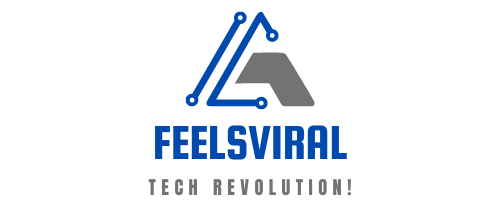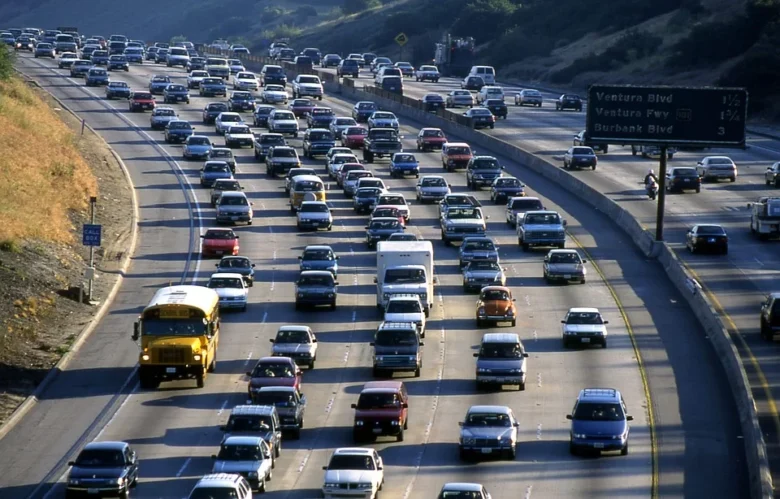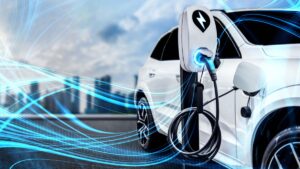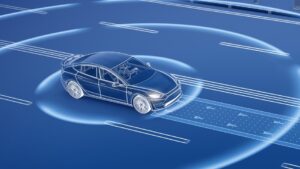Urban traffic congestion has long been a problem for city planners, commuters, and businesses. Not only does traffic jams waste time and gasoline, they also pollute the air and reduce economic efficiency. But new developments in smart traffic management are providing creative ways to ease traffic pressure and make urban transportation smoother overall. Smart traffic control systems use technology and data to transform the way cities manage traffic, making cities more efficient and greener.
1. The Rise of Smart Urban Transportation Systems:
Smart traffic management is a shift from old ways of controlling traffic to new, more flexible, technology-based ways. Over the years, traffic lights and road management have evolved according to set schedules and rules. These methods don’t always work immediately, leading to inefficiency and more traffic. Smart traffic control systems, on the other hand, use sensors, cameras, and data analytics to monitor traffic conditions and take immediate action.
Installing traffic cameras and sensors on city streets is the first step toward smart traffic control. These tools can track the number of cars on the road, how fast they’re going, and how busy the roads are. Traffic management systems can change the timing of traffic signals to keep traffic moving and provide cars with real-time information by looking at this data. This flexible approach can help cities better manage traffic problems and reduce congestion.
2. Real-Time Traffic Monitoring:
Real-time traffic monitoring is a key component of smart traffic management. High-tech monitors and cameras installed on roads and intersections continuously collect information about traffic conditions. This information is then sent to the central traffic control system, which looks at this information to understand how traffic is moving, where congestion is likely to occur, and what problems may arise in the future.
Traffic management tools allow you to make informed choices about how to control your traffic while you watch it live. For example, if sensors detect traffic congestion at an intersection, the system can change the timing of traffic signals to help reduce congestion. This proactive approach helps stop traffic congestion before it gets worse, improving overall traffic flow and reducing commuter travel times.
3. Changeable Traffic Signals:
Adaptive traffic signal systems are a major advancement in smart traffic management. Adaptive traffic signals change their timing based on the current traffic flow, while standard signals maintain the same schedule. Sensors and cameras feed data to these systems, which calculate the optimal signal timing for each mode of travel.
If one mode of travel is very busy and the other is mostly clear, adaptive signals can extend the green light in the busy direction and shorten the red light in the clear direction. This flexibility helps keep traffic moving and reduces wait times at intersections. Adaptive traffic signals can also help major highways run more smoothly, reducing traffic congestion and improving overall travel efficiency.
4. Improve Traffic Flow:
A key component of smart traffic management is keeping traffic flowing as smoothly as possible. Traffic control systems can look at data from many different sources to identify patterns and trends in the way people drive. Armed with this knowledge, cities can develop plans to improve traffic flow and reduce congestion.
Smart traffic control systems can also use predictive analytics to predict traffic conditions and make changes in advance. For example, if the system suspects an increase in traffic due to event closures or roadworks, it can change the timing of signals and the way traffic is managed to accommodate these changes.
5. Shared Use of Public Transport:
Adding smart traffic control systems to public transport is another important way to reduce urban traffic. Cities can reduce the number of private cars on the road by making public transport a more efficient and attractive driving option.
Smart traffic control systems can give public transport vehicles a green light at intersections so they arrive on time. This priority ensures that buses and trains remain on time, making public transport more reliable and useful. Commuters can also access real-time information on where and when public transport is running via the mobile app, allowing them to make informed travel choices.
6. Parking Lot Management:
Managing parking lots is an important part of easing urban traffic. Smart parking systems use sensors and data analytics to instantly alert drivers to the availability of parking spaces. This information is then sent to drivers via digital signage or an app on their phone, making it easier for them to find a free parking space.
By reducing the time people spend searching for a parking space, smart parking systems can make urban transportation more efficient and less congested. Dynamic pricing methods can also be used to manage the demand for parking spaces, which would encourage people to move their cars and reduce the likelihood of people parking for long periods of time, causing traffic congestion.
Conclusion:
In conclusion, smart traffic management is changing the way cities and towns deal with traffic congestion. Smart traffic management systems make urban transportation more efficient and environmentally friendly by integrating public transportation, monitoring traffic in real time, and using adaptive signage systems to improve traffic flow. As technology continues to develop, there may be more ways to improve traffic control. This gives us more opportunities to reduce traffic and make cities more liveable.
FAQs:
1. How to smartly manage traffic?
Sensors, cameras and data analytics are some examples of advanced technologies that can be used for smart traffic management. These technologies are used to monitor, control and improve traffic flow in real time. Smart traffic management systems can change traffic signals, tackle traffic congestion and improve overall traffic efficiency by collecting and studying traffic situation data.
2. What does it mean to watch traffic in real time?
For real-time traffic monitoring, sensors and cameras are placed on roads and intersections to collect information about traffic movements. This information is sent to the central traffic control system, which looks at this information to understand how traffic is moving, where traffic congestion is likely to occur and what problems may arise in the future. The system then uses this information to change traffic lights and other traffic control equipment in real time.
3. What does ‘adaptive’ traffic light mean?
Adaptive traffic signs are traffic lights that change when they turn on and off, depending on how busy the road is at that moment. Adaptive traffic signals use data from sensors and cameras to determine the best travel time in each direction. This is different from standard traffic lights that operate on a fixed cycle. This allows for better traffic flow and reduces waiting times at intersections.
4. How can improving traffic flow improve urban mobility?
Traffic flow optimization is the study of how cars can move more easily through cities. Cities can reduce traffic congestion, shorten travel times, and ease congestion by looking at the data and implementing solutions such as synchronized traffic lights and predictive analytics. This reduces travel time and makes it easier for people to get to work.
5. What role does public transportation play in smart transportation management?
Smart traffic control systems used in conjunction with public transportation can help public transportation and private vehicles function better. Smart traffic management systems can give priority to public transportation vehicles at intersections. This will reduce waiting times and make public transport a better option for commuters. This integration will also help reduce the number of private vehicles on the road, thus reducing traffic congestion.




